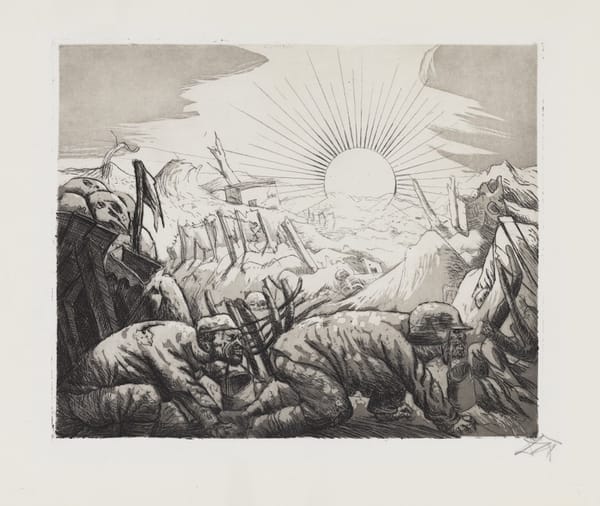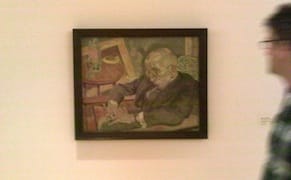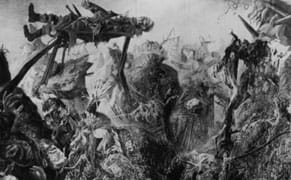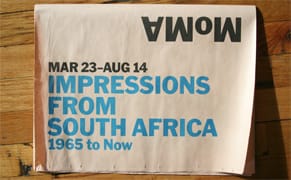
Art
Otto Dix’s Visions of War
What Dix conveys so deftly is that terror and trauma are felt, not thought, and art about these experiences fails when it tries to make sense of things.

Art
What Dix conveys so deftly is that terror and trauma are felt, not thought, and art about these experiences fails when it tries to make sense of things.

Art
The problem with a show in Venice on war is the insistence that there had to be a bit of hope too — and the hopeful element of this show is feeble, if not schmalzy.

Art
By returning to the details of life embedded in bodies, objects, and the earth, the artists featured in Before the Fall at Neue Galerie conveyed the hope that the world might reassemble itself.

Art
Ephemera provides an important history lesson, especially for a war that is disappearing from America’s collective memory, but the most affective works in World War I and the Visual Arts are those that convey the pathos of the war experience.

Art
Questions posed in a two-artist exhibition at Tate Liverpool reflect back on our own politically desperate era, often with eerie resonance.

Art
“Wounded Man (Autumn 1916, Bapaume),” from Dix’s portfolio of 50 etchings, The War (Der Krieg), shows a brutal reality that lays waste to George W. Bush’s anesthetized vision of war wounds.

Art
You’d never find Pablo Picasso or Jackson Pollock relegated to the corridors of the Museum of Modern Art. Rarely do artists deemed essential to MoMA’s historical narrative rub elbows with the throngs swarming the escalators and passageways in endless transit from galleries to café to restroom and ba

Opinion
Although the art world — especially the contemporary one, where nearly everything has retail value — likes to preserve and maintain artworks as much as it can, it's inevitable that some pieces get lost along the way.

Books
After stopping in to Hyperallergic's local coffee shop one morning, I noticed something interesting in the newsstand next to the Village Voices and L Magazines. I took a closer look. MoMA's logo? On a newsprint publication? The Museum of Modern Art is refreshing an old form of advertising to get the

Art
Between World War I and II, there was a strong gust of classicism that swept through the Western European avant-garde. Artists from across the continent embraced the language of the ancients as a way to reflect their own time and culture. This taste for antique forms can be interpreted in many diffe